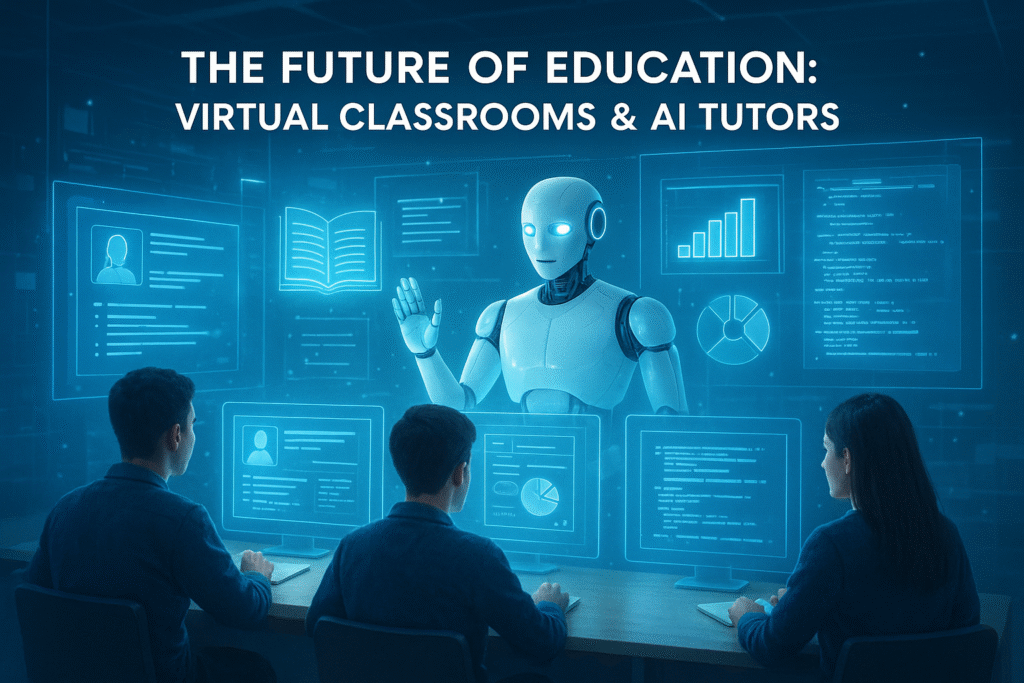🎓 Introduction
Education in 2025 looks nothing like the classroom we once knew. Chalkboards have turned into touchscreens, teachers have AI assistants, and students can join a global class from their own bedroom.
The combination of virtual classrooms and AI tutors is reshaping how we teach, learn, and connect — forever.
🌐 1. Virtual Classrooms Break Geographic Barriers
Students no longer need to be in the same building — or even the same country — to learn together.
💡 Benefits:
- Access to the best teachers worldwide
- Reduced education costs
- Global collaboration between cultures
- Greater flexibility for learners
📍Example:
Platforms like Zoom Education, Google Classroom, and Microsoft Teams have become the new “digital schools.”
🤖 2. Rise of AI Tutors and Personal Learning Assistants
AI tutors are available 24/7 and adapt to each student’s learning speed.
🧠 They can:
- Explain concepts in multiple ways until understood
- Identify knowledge gaps automatically
- Suggest practice exercises based on weaknesses
💡 Example:
Khanmigo, Socratic, and ChatGPT Edu are paving the way for hyper-personalized tutoring.
🧩 3. Personalized Learning Paths for Every Student
AI analyzes student progress and builds customized roadmaps.
- Adaptive quizzes adjust difficulty in real time.
- AI dashboards track comprehension and focus.
- Teachers use insights to tailor instruction.
💡 Result:
Every learner advances at their own pace, not the class average.
🕶️ 4. Immersive Learning with VR and AR
Virtual Reality (VR) and Augmented Reality (AR) make abstract subjects tangible.
🎯 Imagine:
- Biology students exploring the human body in 3D.
- History learners walking through ancient Rome.
- Engineering trainees assembling virtual machines.
💡 Tools: Meta Quest for Education, Google Expeditions, ClassVR.
💬 5. Enhanced Communication and Collaboration
AI translates languages instantly and captions live classes in real time.
🌍 This means:
- Students from Japan can study with teachers in Canada.
- Learners with disabilities get instant text or voice support.
- Collaboration becomes seamless and inclusive.
⏱️ 6. Automated Administrative Tasks for Educators
Teachers spend less time on paperwork thanks to AI automation.
⚙️ AI handles:
- Attendance tracking
- Homework grading
- Content summarization
- Personalized report generation
💡 Example: AI in Google Workspace for Education helps automate daily tasks.
🧠 7. Data-Driven Insights for Better Outcomes
AI analyzes learning behavior and predicts where students might struggle.
📊 Benefits:
- Early intervention for struggling learners
- Real-time performance dashboards
- Evidence-based teaching improvements
💡 Result: Smarter teachers + faster students = stronger results.
🧍♀️ 8. Teachers and AI: Partners, Not Competitors
AI won’t replace teachers — it will amplify their impact.
👩🏫 Teachers focus on mentoring and creativity,
while AI handles data and personalization.
💡 Quote:
“AI isn’t the future of teaching — it’s the future partner of teachers.”
🚀 9. Democratizing Education Worldwide
AI and virtual classrooms make world-class education accessible to everyone.
🌎 Impact:
- Affordable learning in remote areas
- Equal opportunities for students regardless of income
- A truly global classroom experience
🧭 Conclusion
The future of education is digital, personal, and limitless.
Virtual classrooms bring learners together; AI tutors make learning personal.
Teachers who embrace these tools will lead a new era of smart education.
“The classroom of tomorrow is already online — and AI is the teacher’s new superpower.”


